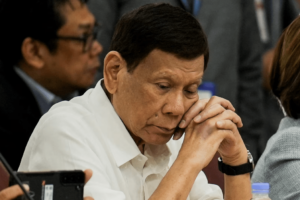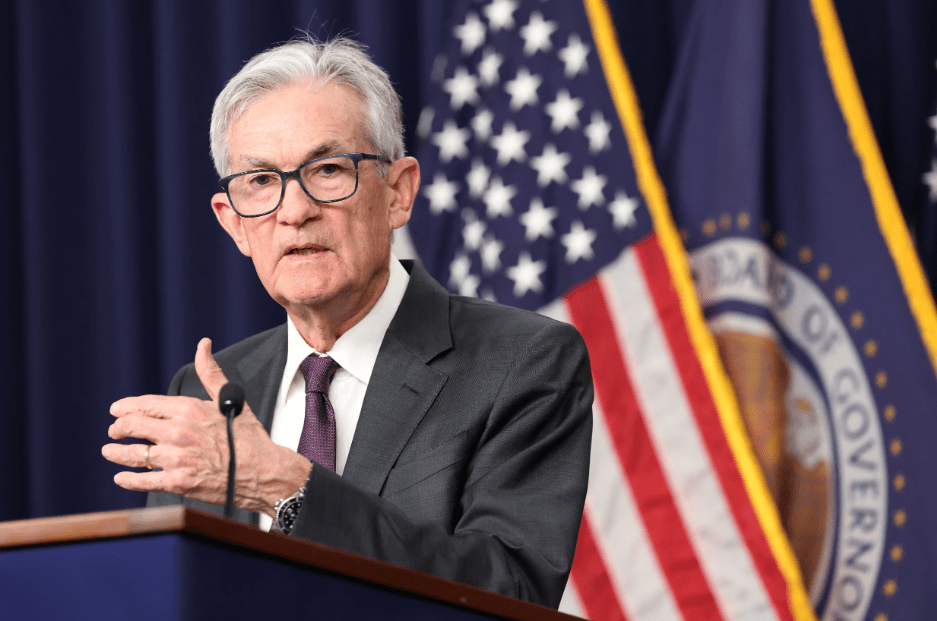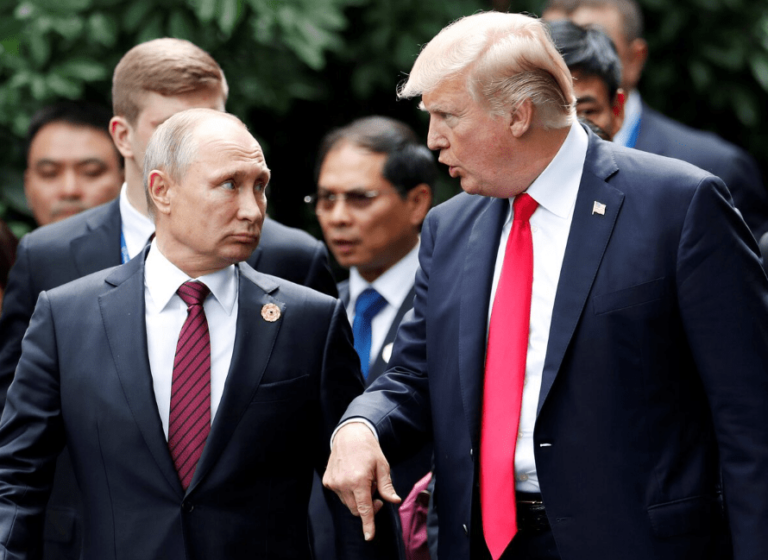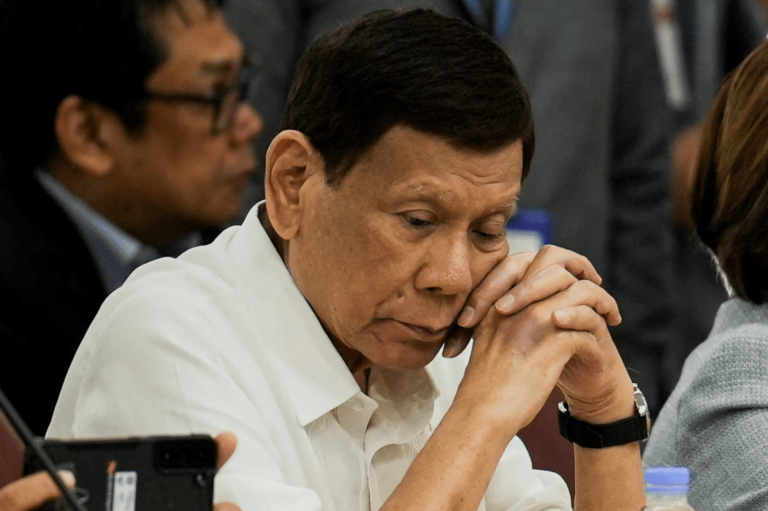Uncertainty surrounding inflation and President Trump’s economic agenda prompted the Federal Reserve to pause its interest rate cutting cycle. While leaving benchmark rates unchanged at a range of 4.25% to 4.5%, the Fed signaled a period of careful assessment rather than an immediate resumption of reductions. Officials cited persistent, albeit somewhat easing, inflation and a resilient labor market as factors in their decision.
The statement notably dropped the December assertion that inflation was “progressing” towards the target of 2%. Instead, it acknowledged inflation remains “somewhat elevated.” Furthermore, the Fed highlighted a currently stable unemployment rate at a historically low 4.1%, indicating strength in the job sector and potentially reducing the pressing need for further rate cuts to stimulate growth.
Fed Chair Jerome Powell emphasized the data-driven approach, stating that a measured response was warranted due to the evolving economic landscape influenced by President Trump’s policy proposals. These include tariffs on specific imports, immigration policies, and broader deregulation efforts—all with uncertain macroeconomic ramifications. Powell underscored the Fed’s commitment to closely monitoring these developments before adjusting monetary policy.
Market reactions reflected the tempered outlook. Despite the anticipated hold on rates, the stock market declined, interpreting the softened language on inflation progress as a potentially hawkish stance—indicative of a greater willingness to combat inflationary pressures. Analysts noted the prevailing uncertainty surrounding the full implications of President Trump’s economic game plan and its potential influence on both inflation and Fed policy in the coming months.












